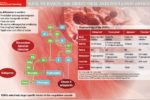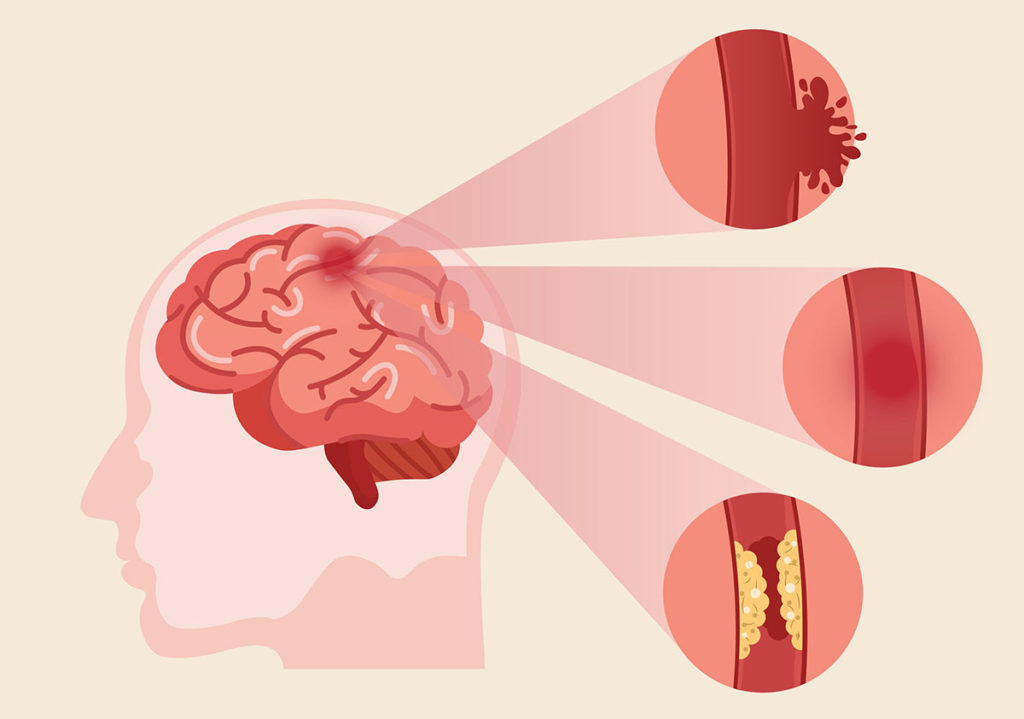Around 150,000 people in the UK have a stroke every year, according to the Stroke Association. Most people affected are over 65, but younger people can have a stroke. Stroke is the third most common cause of death in the UK and is also an important cause of disability, with more than 250,000 people left disabled following a stroke. The recent National Stroke Strategy for England set out a quality framework to improve stroke services. In this article, we review what we can do to help optimise outcomes for our patients who have a stroke.























